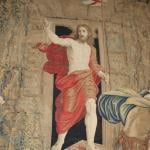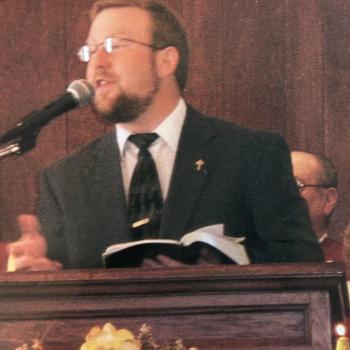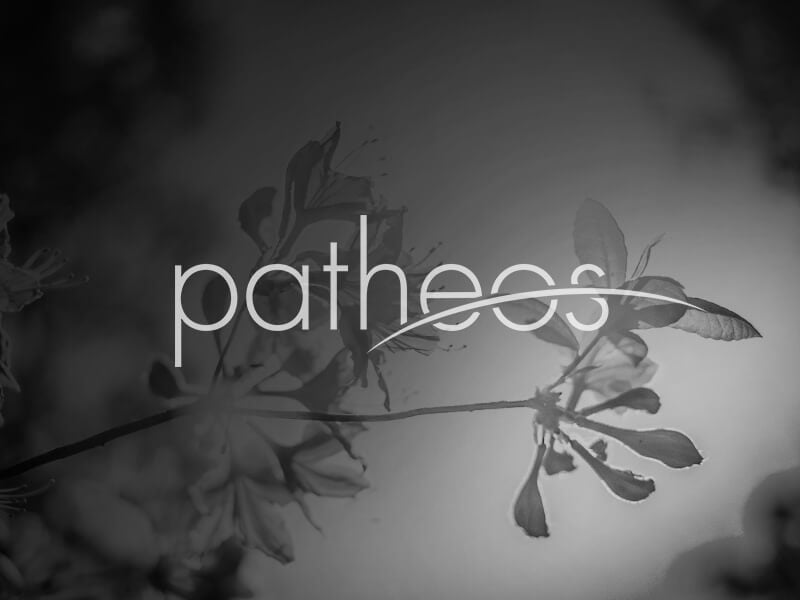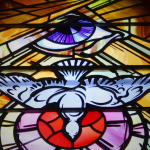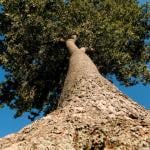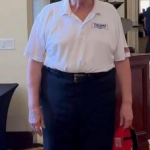The Adventurous Lectionary – Second Sunday of Easter – April 27, 2025
Acts 5:22-27; Psalm 150; Revelation 1:4-8; John 20:19-31
On one of the two Sundays of the Christian year, often described as “low Sundays,” (the other being the Sunday after Christmas) let the Easter celebrations continue! Let us sing Easter hymns and even repeat “Christ the Lord is Risen Today.” Let us embrace resurrection along with the challenges that an uncertain, morally ambiguous world presents us. In these troubled times, when the love of power has eclipsed the power of love in many Christian communities and their leaders, we need to proclaim the power of love to transform our lives and social order.
Resurrection is a present and future as well as a past reality just as Christmas is as contemporary as each new experience of divine incarnation. Jesus is born in us and resurrection gives new life! Christ the Lord is risen today, and every day! Resurrection is just a breath away! And, yet these days, we must breathe deeply as we read about the rise of racism, faux culture war issues, and anti-science and anti-democratic movements, often housed – along with government welcomed racism – in Christian churches.
In the wake of Earth Day (April 22), Psalm 150 describes a world of praise in which all creation is attentive and energized by God’s presence and inspiration. There is continuity with human and divine praise. We can dance and sing, play drums and tambourines, hire a piper, and even a synthesizer and orchestra! But, not just us, for humanity is part a larger universe of celebration. The Psalmist proclaims, “Let everything that breathes praise God.” God is in all things; and all things are in God. We live in a dynamic, spirit-filled universe. Value resides in flora and fauna. God’s sighs too deep for words speak through the non-human as well as human world. Whatever praises deserves ethical consideration. The way of Jesus must include the non-human as well as human world. “All nature rings and around us rings the music of the spheres.”
This Sunday, we need to read the gospel in two parts, pausing between each segment, unique yet interdependent. Indeed, there are easily two sermons in today’s gospel readings. We begin with breath, focusing on John 20:19-23. On Easter night, Jesus mysteriously appears, apparently defying the laws of physics, and breathes new life into his followers. Jesus’ followers have heard the message that Christ is risen; yet, they are still stunned and overwhelmed, not knowing the meaning of resurrection. But now the Risen One is with them. He breathes on them, filling them with God’s Spirit and endowing them with power, creativity, and authority. Jesus gives them – and us – spiritual CPR to bring us back to life, restoring bodies, minds, and spirits, and sending us out to revive others.
John’s Pentecost is all about pneumatology. Breath is essential to the Hebraic and Christian visions. Genesis 1 describes God’s initial creative act as breathing over a chaotic void, bringing forth the possibility of the emerging and evolving universe. God breathes into humankind, animating what was before inert. Everything that breathes can praise God. In fact, after Easter, for Jesus’ first followers, every breath is a prayer. With every breath, we can experience a holy word from God.
Jesus breathes God’s Spirit into his followers. Having received the Holy Spirit, they can now go out into the world, living the good news and making every day a Pentecost. Divine revelation includes dramatic mystical moments, not to mention speaking in tongues and healing touch. However, the primary mode of divine revelation, indeed, the most essential revelatory moments are as undramatic as breathing. Revelation is found in sharing breath with creation and taking our role as healers of creation. Let us commit ourselves to God’s resurrection power with every breath.
The passage from John’s gospel now turns to focus on one of the most faithful of disciples, the much-maligned doubting Thomas. This Sunday, I am sure that Thomas will be the object of criticism among many preachers and the focal point of many a bad sermon – or rather a simplistic sermon – that will center on “doubting” Thomas’ inability to believe that Jesus has risen from the dead and counsel us to believe without evidence or encounter with the Risen Jesus. In contrast, I believe that Thomas demonstrates one vision of a healthy faith.
Let’s look at the story once more. When Jesus appears to Jesus’ followers, Thomas is not present. He returns to what an outsider might view as a mass hallucination, brought on by shock and grief. Everyone’s overjoyed except Thomas. No doubt, he felt totally out of place, like a progressive Christian at a jumbotron prosperity gospel church or a social democrat surrounded by people wearing MAGA hats. Yet, Thomas does something amazing. He doesn’t abandon the cause of Jesus, nor does he deny the resurrection. He simply wants to experience Jesus’ presence, to know that Jesus is alive, before he believes.
One of the most pivotal books in my theological and spiritual journey involved reading Paul Tillich’s “Dynamics of Faith.” From Tillich, I learned that doubt was an essential part of faith and not a sign of infidelity. We entertain doubts related to the most important things because our life depends on them and because they involve what ultimately lies beyond the circle of verification and falsification.
Doubt reflects the seriousness with which we take our faith. Thomas’ doubt is a quest for faith. It is not doubt for doubt’s sake. When he finally encounters the Risen Jesus, he is transformed and eventually journeys to the East to share the Gospel in India. Yet, the Jesus he encounters is still amazing to us. In a world where God is identified with power, and some see Christ as coming down from heaven to destroy the earth, the Jesus Thomas discovers is known by his wounds. God in Christ suffers and still suffers the pain of crucifixion. God in Christ is still wounded. God identifies with the pain of Jesus, indeed, God feels Jesus’ pain intimately, and God also identifies with our pain. How can the One who embraces our world’s joy and suffering imagine destroying the world? How can the One who felt Jesus’ pain on the Cross, and every child’s cry – the cry of starving child, the hopelessness of a parent whose child is gunned down on a city street, the refugee family – have any desire to inflict more suffering on the earth and its peoples? God is in the concentration camp in El Salvador, the anxious undocumented worker and legal resident of the US, the worried senior concerned about social security, the unemployed government worker, and the starving child in South Sudan.
If anything, the church needs to be more critical regarding theological and ethical issues. Uncritical thinking – along with intellectual and ethical dishonesty – has led to a significant number of Christians embracing conspiracy theories, anti-science rhetoric, immigrant hate, racism, and dishonesty routinely served from the highest levels of government.
God loves doubters, agnostics, and strugglers as well as those who perceive themselves as certain of their faith. All are invited as equals to God’s Table of Love.
Easter is embodied. It is known by God’s breathing in us. It is known by embracing the pain of our world. In God’s love for the world, God enables us to have the stature to become God’s partners in healing the world, practicing resurrection with each new day. Breathing deeply, we can face our doubts, knowing that we are never outside the scope of inspiration. We can embrace the truth – whether in terms of the environment, our nation’s history, or political prevarication – knowing that love is stronger than death, and God’s new life has the final word for persons and nations.
+++
+++
Bruce Epperly is Theologian in Residence at Westmoreland Congregational United Church of Christ, Bethesda, MD (https://www.westmorelanducc.org/) and a professor in theology and spirituality at Wesley Theological Seminary. He is the author of over 80 books including: “Homegrown Mystics: Restoring the Soul of Our Nation through the Healing Wisdom of America’s Mystics” (Amazon.com: Homegrown Mystics: Restoring Our Nation with the Healing Wisdom of America’s Visionaries: 9781625249142: Epperly, Bruce: Books) “Jesus: Mystic, Healer, and Prophet “(Jesus: Mystic, Healer, and Prophet: Epperly, Bruce: 9781625248732: Amazon.com: Books), Saving Progressive Christianity to Save the Planet”( Saving Progressive Christianity to Save the Planet: Epperly, Bruce G: 9781631999215: Amazon.com: Books), and his most recent book, “God of the Growing Edge: Whitehead and Thurman on Theology, Spiritu


